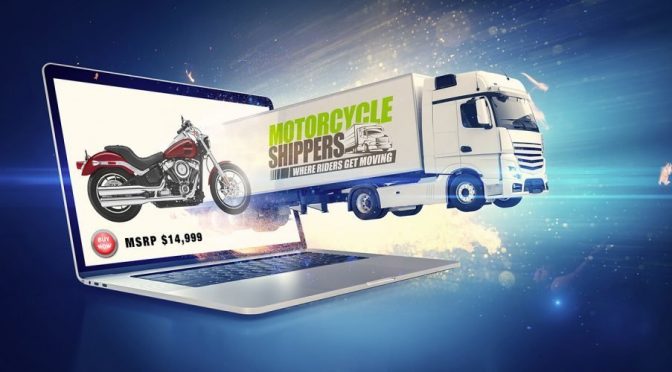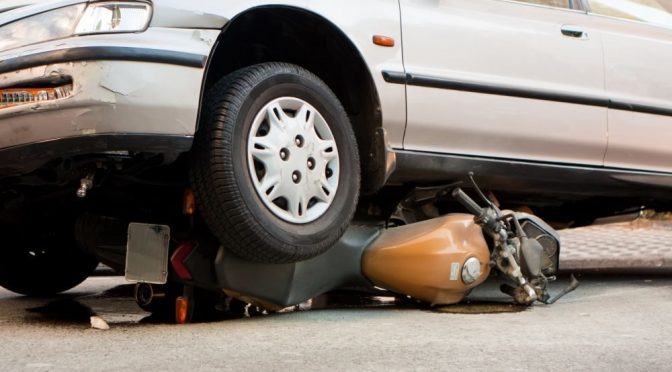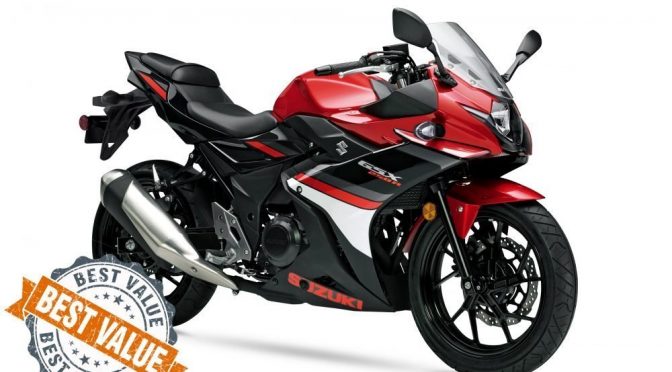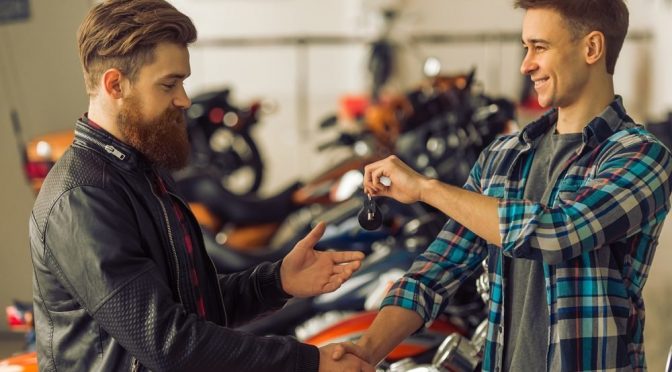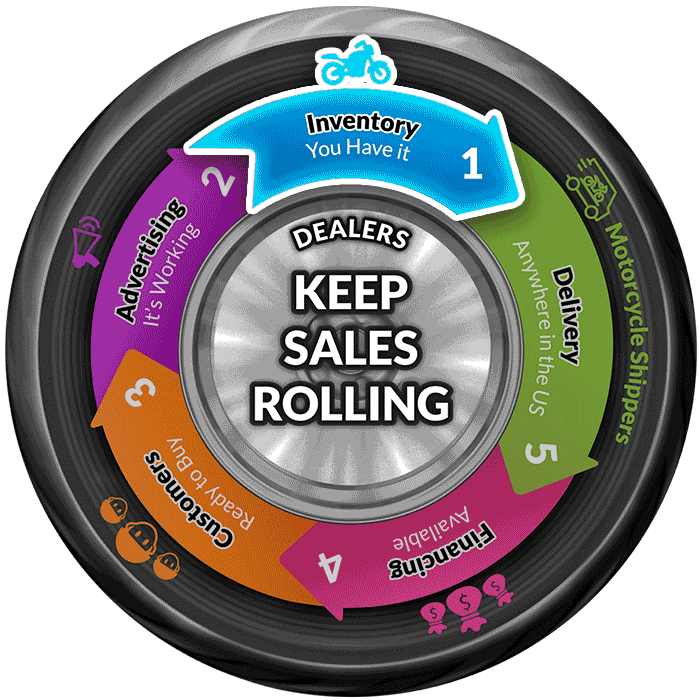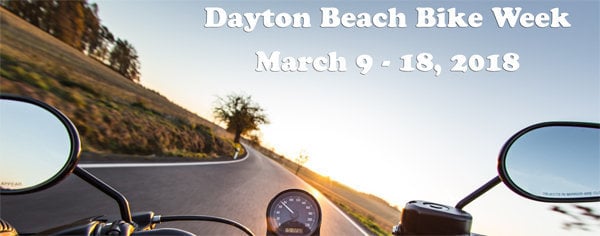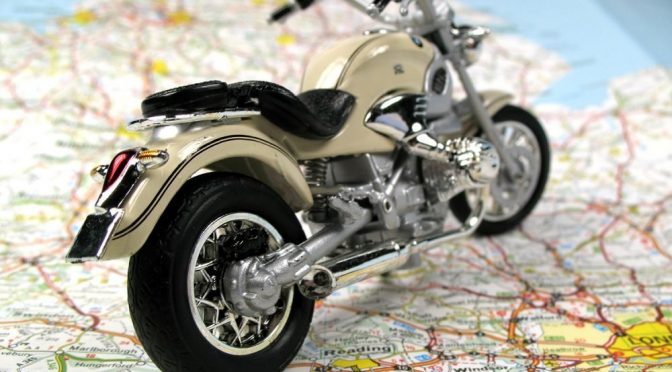Posted By
Clint Lawrence, founder of Motorcycle Shippers. Helping give riders more freedom to enjoy the bikes they love. [email protected]
With an aging baby boomer population, a new crowd of millennial riders and an economy still on the mend, many riders are looking for more affordable bikes. Despite new models that cater to the younger crowd, many riders are turning their search to the used bike market.
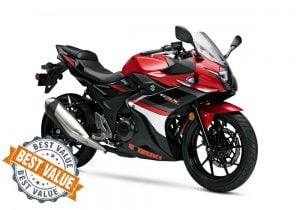
Follow these quick steps to bypass the back-and-forth of bike buying and get straight to enjoying your new ride.
1 | Simplify your motorcycle research
Checking your bike’s history is crucial if you want to spend your dollars wisely. Save yourself valuable time and a whole lot of energy by using a service like Cyclechex, which gives you a vehicle history report in a fast, affordable way.
2 | Make safe, smooth payments
Let’s face it: there are some people who just want to take would-be buyers for a ride. Paying thousands of dollars over the internet in good faith can be dicey, but it goes both ways. Sellers are also crossing their fingers that payment will come through as promised, without chargebacks due to fraud. Using a sound payment system can give everyone that peace of mind that high-dollar transactions demand. Check out these payment services:
- PayPal
provides a smooth transaction process that protects buyer and seller from fraudulent transactions. From requiring signatures upon delivery to recommending sellers request the buyer’s driver’s license for identity and address verification, using PayPal can help all parties know they’re making a legitimate, safe transaction.
- Escrow.com holds your payment until everyone is satisfied with the sale. Here’s how it works: Your payment goes into escrow, triggering the seller to ship the bike. Once you, the buyer, inspect the bike and are satisfied, your money is released to the seller.
3 |Streamline the registration process

4 |Shop nationwide for the best selection of bikes
Broadening your search range can improve your chances of making a great purchase. Technology makes it simple to research and purchase your new bike, and Motorcycle Shippers can help remove the headache of getting it to your door. Motorcycle Shippers can make getting the bike you want simple, no matter the distance. Here’s how it works:
- Book your order online
- Motorcycle Shippers will contact the seller to arrange transportation
- You track your shipment right to your door
In today’s tech age, your new bike is as close as your computer. Follow the steps above to keep the process simple, streamlined and secure. Then, let Motorcycle Shippers take it from there—and ship your bike safely right to your door.
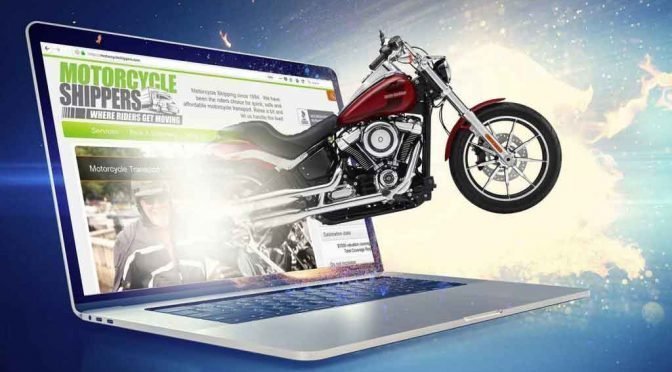

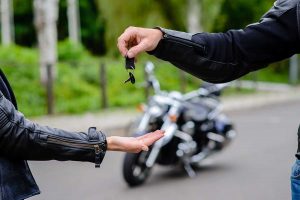
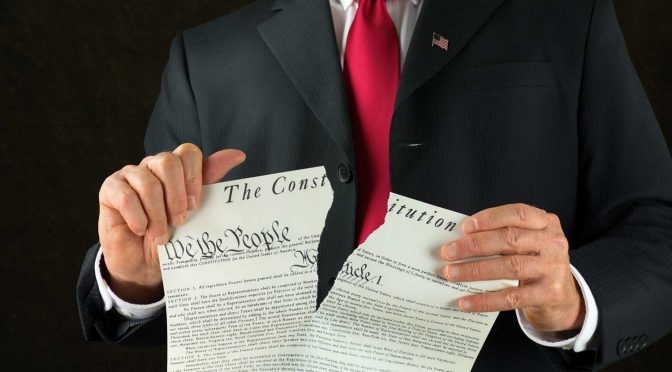

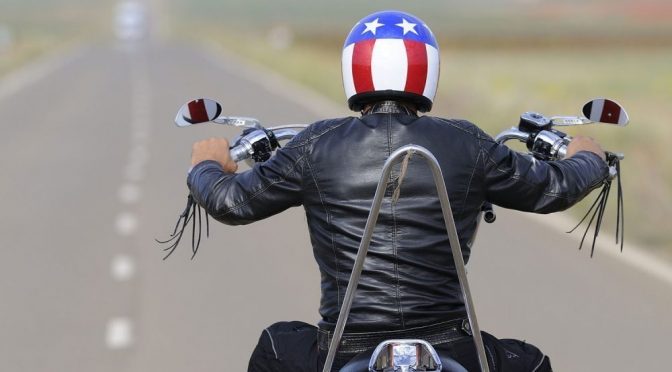
![Is Technology Robbing Our Riding Experience? | 2020 Perspective [Video]](https://motorcycleshippers.com/wp-content/uploads/2018/03/Motorcycle-Techology-672x372.jpg)
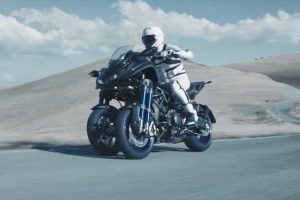
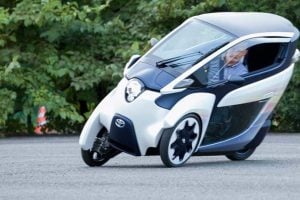
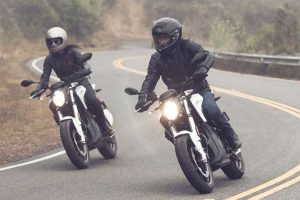
 the horizon, and may take all required skill out of riding. Still, some are excited about the prospect of using an interactive touchscreen on the bike for a hands-free riding experience.
the horizon, and may take all required skill out of riding. Still, some are excited about the prospect of using an interactive touchscreen on the bike for a hands-free riding experience.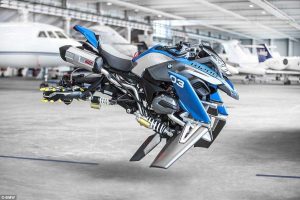 propellers. This futuristic concept called the
propellers. This futuristic concept called the 